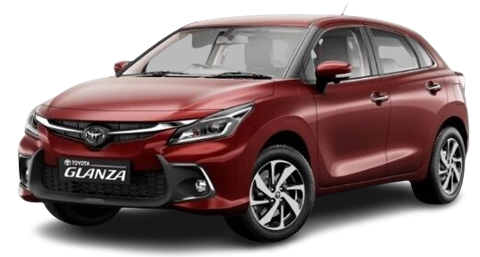What is the mileage of Mercedes-Benz AMG A45 S?
The Mercedes-Benz AMG A45 S offers different mileage figures depending on the fuel type and transmission. The manual petrol variant delivers up to 0 km/l, while the automatic petrol variant offers up to 12 km/l.





















